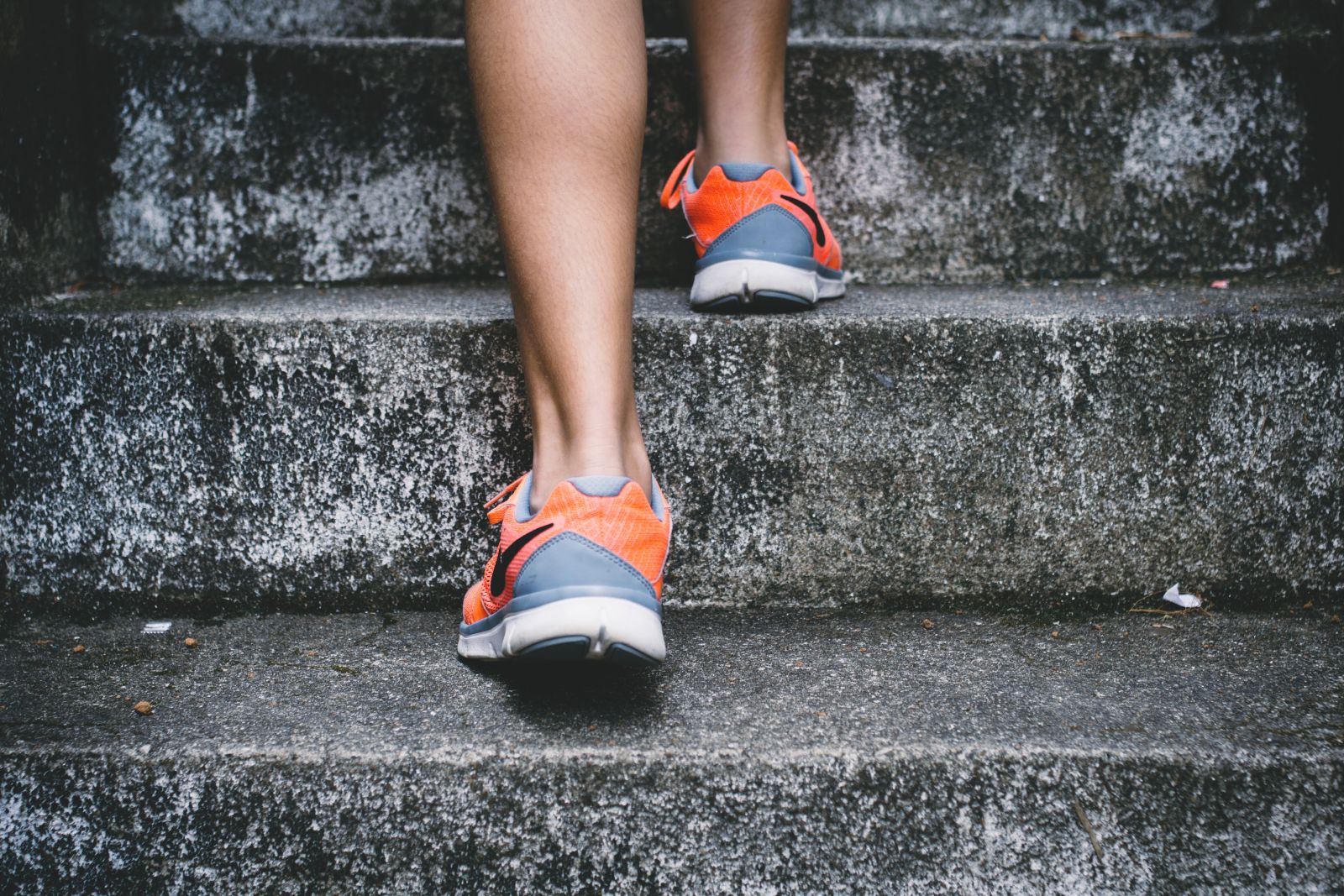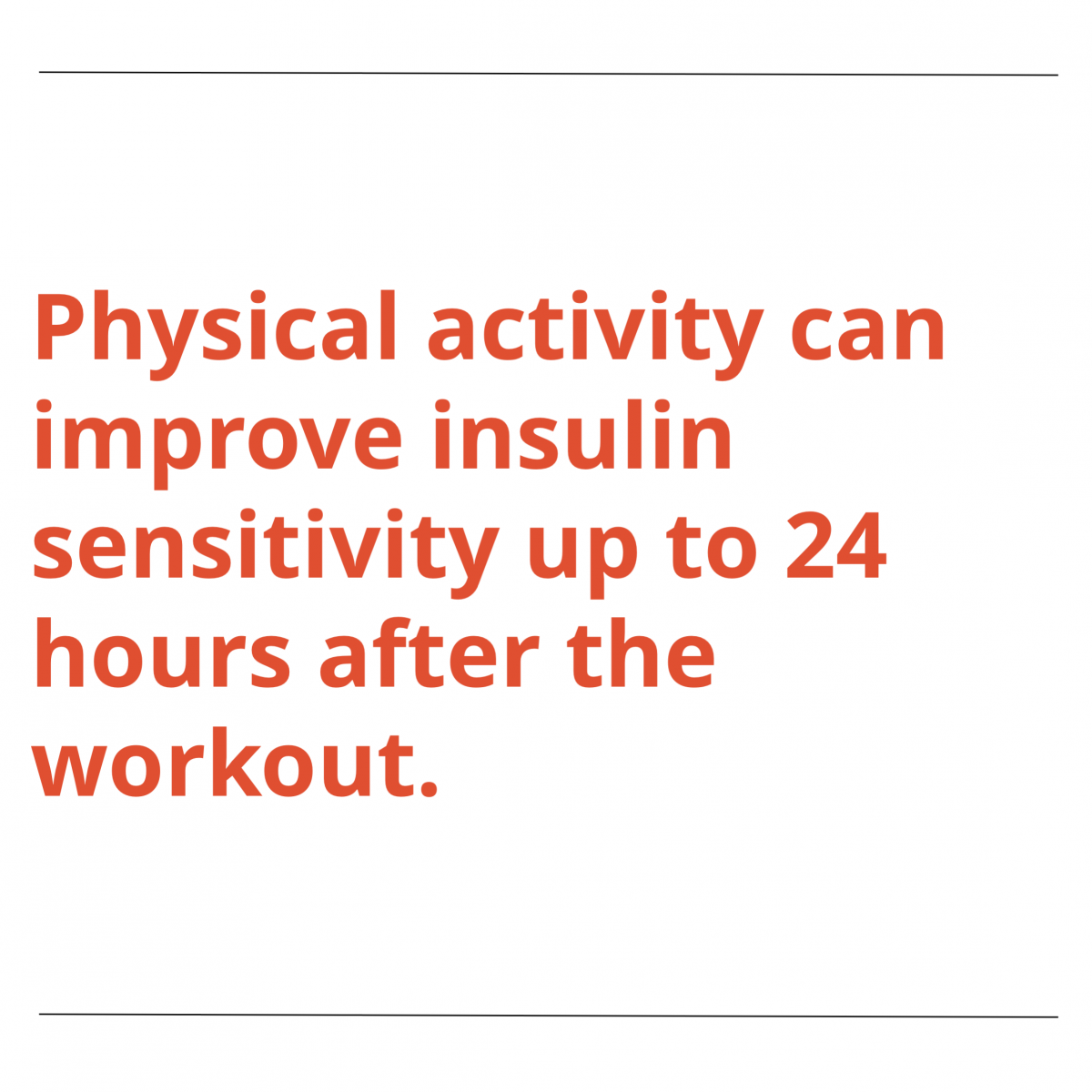Health Benefits of Exercise Kick In As Soon As You Start Moving, According to New Guidelines
By Kelly Close
 New guidelines by the US Department of Health and Human Services emphasize the benefit of ANY increased physical activity
New guidelines by the US Department of Health and Human Services emphasize the benefit of ANY increased physical activity
Most Americans aren’t getting enough exercise, but there’s good news: Any increased physical activity can make a positive difference in people’s health, even if it’s just walking up a flight of stairs. Surprising but true!
Those are two of the key takeaways from the 2018 Physical Activity Guidelines for Americans, released earlier this month in JAMA by the US Department of Health and Human Services. The advisory committee responsible for the updated guidelines reviewed all available clinical data on the science of physical activity and its effect on health.
Notably, the scientific evidence found the biggest health benefits come from when someone moves from no physical activity to even a small amount. There are lots of small ways to get moving:
-
Take a walk after a meal – especially after dinner when many people may have more time!
-
Use the stairs instead of the elevator or escalator.
-
Instead of sending an email to a colleague at work, if you have a desk job, walk over to their desk to ask them something.
Even a small increase in activity can make a difference, according to the guidelines. For more tips on how to get moving, check out Adam Brown’s chapter on exercise in Bright Spots and Landmines and his column on the all or nothing mentality (“five minutes beats zero minutes”)
While that hopefully means people will feel less overwhelmed when starting out, the guidelines do still suggest people build toward minimum weekly activity levels. Notably, the guidelines find that doing all your exercise in one or two days is no better or worse than spreading it out over three or more days; how you carve out the recommended exercise is entirely up to you. Adults should get either at least 150 to 300 minutes (two and a half to five hours) of moderate-intensity aerobic activity like a brisk walk, which is about 20-40 minutes per day; at least 75 to 150 minutes of vigorous aerobic exercise like running or jogging (about 10-20 minutes per day); or some combination of the two. For adults, experts also strongly recommend lifting weights or other resistance training.
 The benefits of exercise do increase the more you get. For instance, physical activity can improve insulin sensitivity up to 24 hours after the workout. The longer and more vigorously you are able to exercise, the greater the effect, but here’s an important point: while your body is always able to feel those benefits, the more in shape you are, the more your body can perform more strenuous workouts that have greater impact.
The benefits of exercise do increase the more you get. For instance, physical activity can improve insulin sensitivity up to 24 hours after the workout. The longer and more vigorously you are able to exercise, the greater the effect, but here’s an important point: while your body is always able to feel those benefits, the more in shape you are, the more your body can perform more strenuous workouts that have greater impact.
According to the committee behind the guidelines, only about a quarter of all men and a fifth of all women and adolescents meet the minimum recommended levels for exercise. And this is true even though the benefits of getting moving are tremendous:
-
Exercise is linked with reduced risk of a wide variety of diseases, including type 2 diabetes and obesity and exercise can help people significantly who have all kinds of diabetes or who are affected by obesity.
-
Physical activity can also help reduce the risk of cardiovascular disease, at least eight cancers, and dementia.
-
Those who meet the guidelines reduce their risk of premature death an estimated 33% compared with those who get no exercise at all.
Becoming physically active can feel daunting, especially if you haven’t regularly exercised in a while or have never regularly exercised. But as these new guidelines make clear, you can get real health benefits just by getting moving at all. It’s fine to start small! And once you get started, exercising is like any other skill, as it gets easier and more rewarding the more you keep at it.







